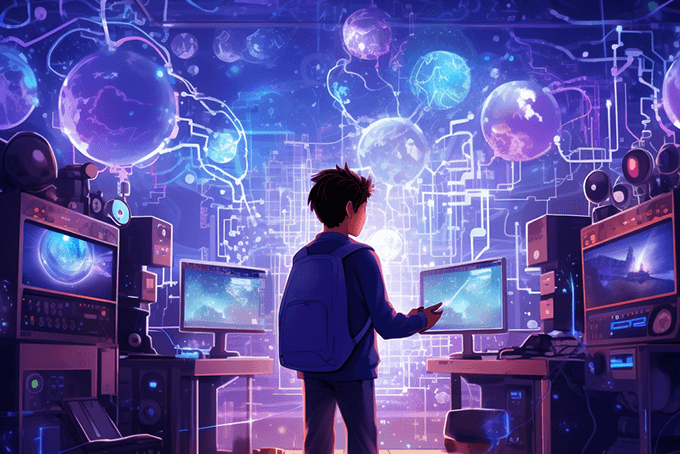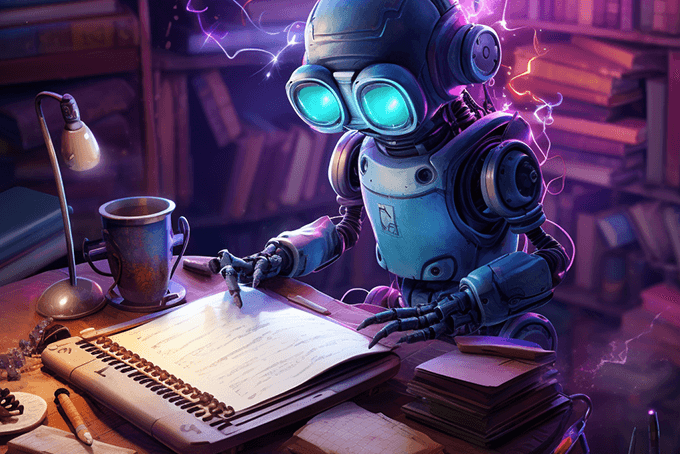In the time of the iPhone, tablet computers and shrinking portable music players, science and technology in the classroom have gone into overdrive. Schools are now requiring students, as young as elementary-age, to have laptops in the classroom. What will these newer, high-tech changes mean for your classroom and how can you make them better?
Computers
The access to computers in the classroom has been increasing for the past decade. But, have they really helped?
“Some educators claim that ready access to computers and increased use of computers in K-12 education has a beneficial effect on educational outcomes. In the same way that computer technology has improved the operation of automobiles, these proponents believe computers will make the classroom a better environment in which to teach the difficult concepts that lead to higher academic achievement,” a Heritage.org report said.
The report states that evidence on improved test scores for students who use computers versus students who do not, is inconclusive.
Other authorities, however, disagree.
Technology Usage May Reduce Dropout Rates
“Daily technology use in core subject-area classes, frequent technology use in intervention courses, and a low student-to-computer ratio can play a critical role in reducing dropout rates, new research suggests,” a report from eSchoolNews said.
What Technology in the Classroom Does to Student Learning:
- “It increases interest” (and desire to learn for students) – when students get to use the latest technology to solve problems, they are more likely to be focused because they may feel they are using a new product other classrooms may not have yet (for example, the iPad).
- “It provides purpose for learning” – everyday students go home from school and log onto their personal computers, both for study and play. Showing that computers can be used to learn provides a purpose for them beyond just gaming.
- “It can attach meaning to an ongoing lesson” – one of the main technology lesson plans for teachers includes showing students how to set up personal e-mail accounts. By this exercise, teachers can bring light to something (e-mail) that can be used beyond just the current project.
- “It provides opportunities to perceive knowledge as being related, not isolated bits” – seeing an activity pulled together on the screen, with all of the pieces revealed, may help some students with various learning styles be able to conceptualize the project clearly.
- “It allows for individual student differences” – some students may know more about computers than others, but if an activity includes just learning basic skills, some students will get a refresher course, while the others will be learning the concepts for the first time. Computer interaction in the classroom allows for accounting for student differences.
- “It can affect students’ attitudes toward learning”: according to studies on Technology in the Elementary Classroom cited from Education.com. As in the first example, some students may view computer-based learning as cutting edge and believe that their school is using the latest technology. This alone may inspire some students to stay focused.
How to Bring Technology Into Your Classroom
You might want to incorporate science and technology into your classroom lessons if you haven’t already. EducationWorld.com offers many resources for “Technology Integration Made Easy.”
“Used properly, technology can be a tool for teachers as well as for students,” the Web site said.
Resources for Teachers
There are many science and technology lesson planning Web sites out there to help you plan an activity for your classroom.
The following Web sites may help your search:



